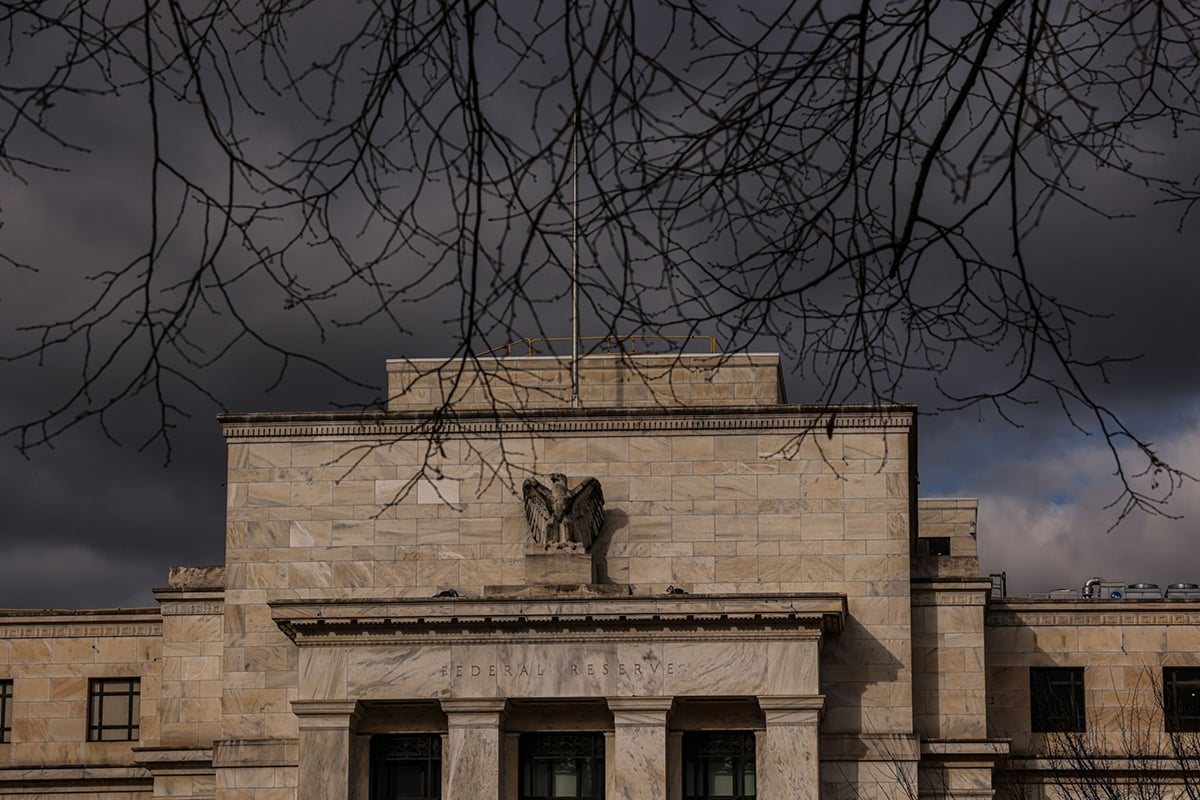Pacific Investment Management Co., home to the world's biggestfixed-income fund, is shying away from risky assets as it sees agrowing disconnect between the performances of financial marketsand the global economy.
|“Especially with ever-elevated prices, and absent a favorablegrowth shift, we will continue to bring down risk postures ofportfolios,” said Mohamed El-Erian, chief executive officer ofNewport Beach, California-based Pimco, outlining the company'sinvestment strategy over the next three to five years.
|In a report posted today on Pimco's website, El-Erian said theworld economy is undergoing a “stable disequilibrium” that couldend in financial turmoil, greater social tensions, andbeggar-thy-neighbor national policies. Egged on by “hyperactive”central banks, investors are playing down the dangers and pushingfinancial markets higher, he said.
|He warned of a risk of “severe air pockets” in financial marketsif economic growth proves disappointing and said investors shouldbe prepared for more restructurings of corporate and sovereignbonds.
|Seeking to craft a medium-term outlook that will guide Pimco'sinvestments, El-Erian said U.S. growth will remain limited to “notmuch greater than 2 percent on average” while Japan will facechallenges in sustaining an initial surge in activity on the backof an “historical” policy-regime change.
||Europe's 'Zombification'
|In Europe, the immediate threat is what El-Erian called“zombification,” where companies and banks continue to operatewithout adding much to the economy.
|China is projected by Pimco to expand an average 6 percent to7.5 percent annually.
|As for global inflation, the money manager tilts toward thepossibility that it will be “higher and less stable” over the nextthree to five years, he said.
|Pimco's co-founder Bill Gross, who serves as co-chief investmentofficer alongside El-Erian, has already been advising investors tosell riskier assets and buy government debt, includinginflation-linked securities and nominal Treasuries as central bankspursue unprecedented stimulus measures.
|Gross raised holdings of Treasuries in his flagship fund inApril to the highest level since July 2010. In Europe, AndrewBalls, the company's head of European portfolio management, saidApril 24 that Pimco had been scaling back exposure to Spain andItaly as part of a reduction in credit risk.
|El-Erian's report summarizes three days of internal discussionslast week on the global economy and financial markets. Former WorldBank President Robert Zoellick; former Spanish Finance MinisterElena Salgado; and Adam Posen, president of the Peterson Institutefor International Economics in Washington, took part in thetalks.
|The annual strategy session came against a backdrop of risingglobal equity prices and stepped-up stimulus from the world'scentral banks. Since the start of the year, Japan's Nikkei 225Stock Average has risen by more than 40 percent, while the Standard& Poor's 500 Index has climbed almost 15 percent.
|“Investors are enticed to take more and more risk at ever moreelevated prices,” El-Erian said. “But if growth fails tomaterialize over time, reality will snatch back the returns frominvestors in the period ahead.”
||Rate Cuts
|Four years after the deepest recession since World War II,central banks are still combatting sluggish economies withinterest-rate cuts and asset purchases. So far this month, monetaryauthorities overseeing a quarter of global gross domestic producthave lowered rates, including those of the euro-area, Australia andIsrael.
|The central banks “have inserted a remarkable wedge—adisconnect—between market prices and underlying economic andfinancial fundamentals,” El-Erian said. Yet they “are still unableto deliver sufficiently robust growth and jobs.”
|He predicted central banks would keep experimenting in theirefforts to bolster their economies. More will follow the FederalReserve in targeting growth and jobs more explicitly and may alsotry to support small and medium-sized enterprises or broaden theset of assets they buy, he said. Their actions, though, “are likelyto become less effective” over time as the risk of collateraldamage mounts, according to the executive.
|He said investors should be wary of holding too much of thecurrencies of those central banks that are easing, yet lack thereserve currency status of the U.S. Portfolios also should behedged against the risk of catastrophic outcomes, he wrote.
|Pimco is now looking “more intensely” for opportunities in areasnot so affected by the wave of liquidity provided by central banks,El-Erian said. Revolutions in shale energy and digitalizationprovided some “exciting investible stories,” he wrote.
|El-Erian, who popularized the phrase “new normal” to describe anera of lackluster growth, said economies are nearing a fork “wherethe current road eventually ends, giving way to one of twocontrasting outcomes”—a fast, sustainable expansion or a slowingworld economy with countries “competing for a smaller pie.”
|Copyright 2018 Bloomberg. All rightsreserved. This material may not be published, broadcast, rewritten,or redistributed.
Complete your profile to continue reading and get FREE access to Treasury & Risk, part of your ALM digital membership.
Your access to unlimited Treasury & Risk content isn’t changing.
Once you are an ALM digital member, you’ll receive:
- Critical Treasury & Risk information including in-depth analysis of treasury and finance best practices, case studies with corporate innovators, informative newsletters, educational webcasts and videos, and resources from industry leaders.
- Exclusive discounts on ALM and Treasury & Risk events.
- Access to other award-winning ALM websites including PropertyCasualty360.com and Law.com.
*May exclude premium content
Already have an account? Sign In
© 2024 ALM Global, LLC, All Rights Reserved. Request academic re-use from www.copyright.com. All other uses, submit a request to [email protected]. For more information visit Asset & Logo Licensing.







